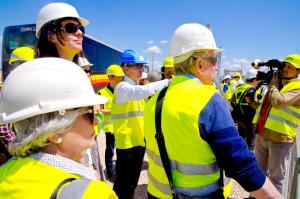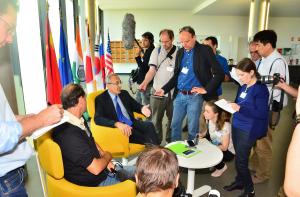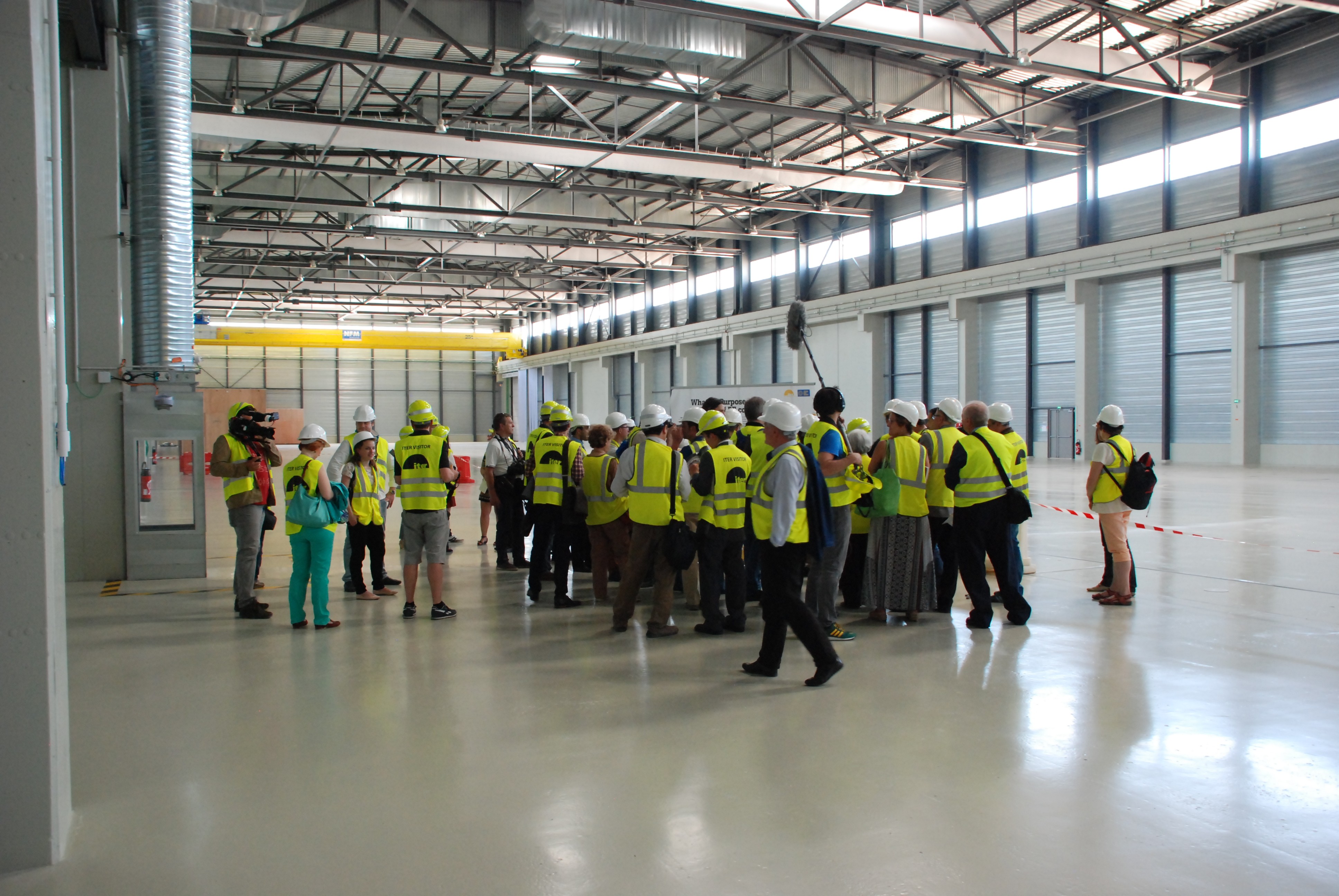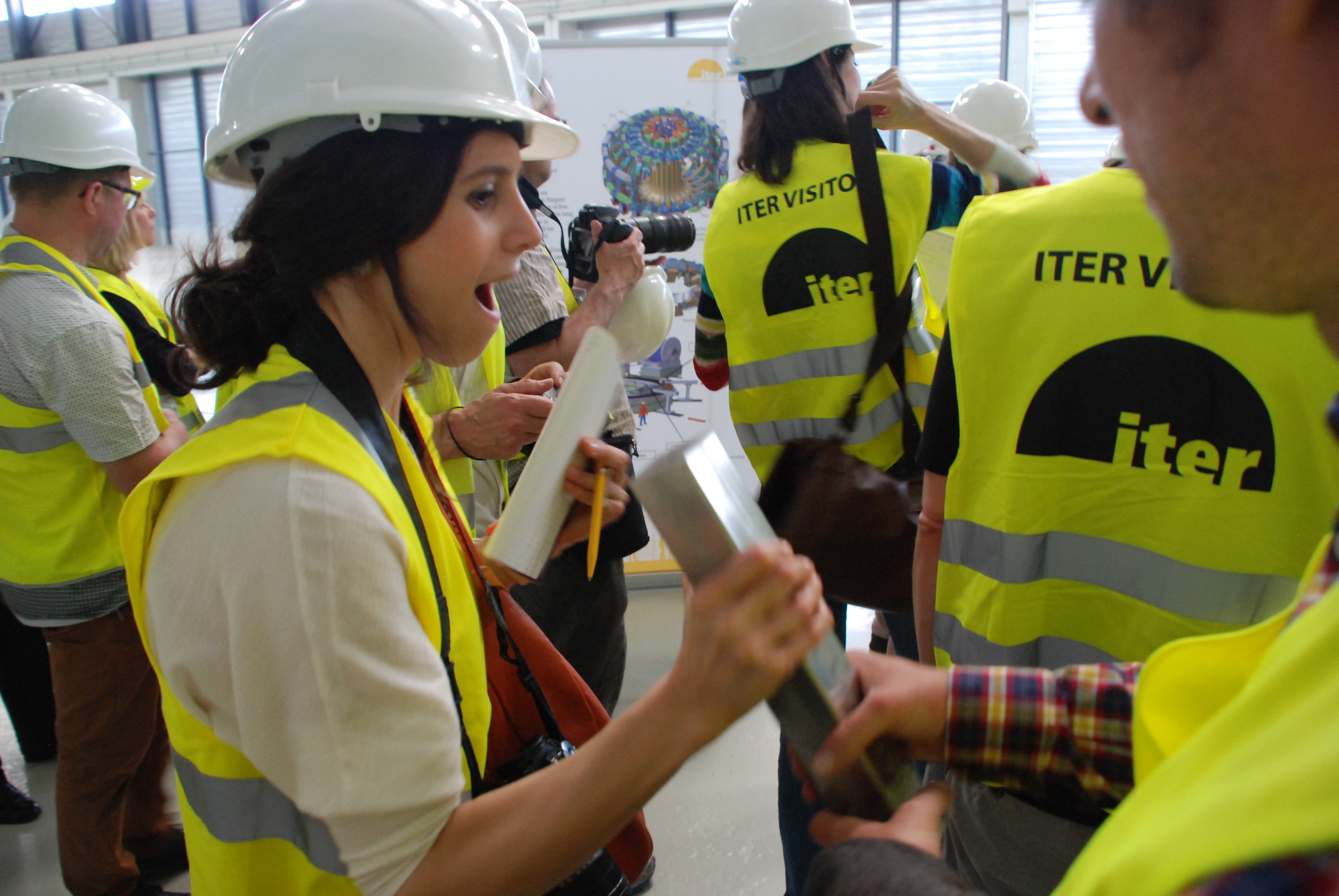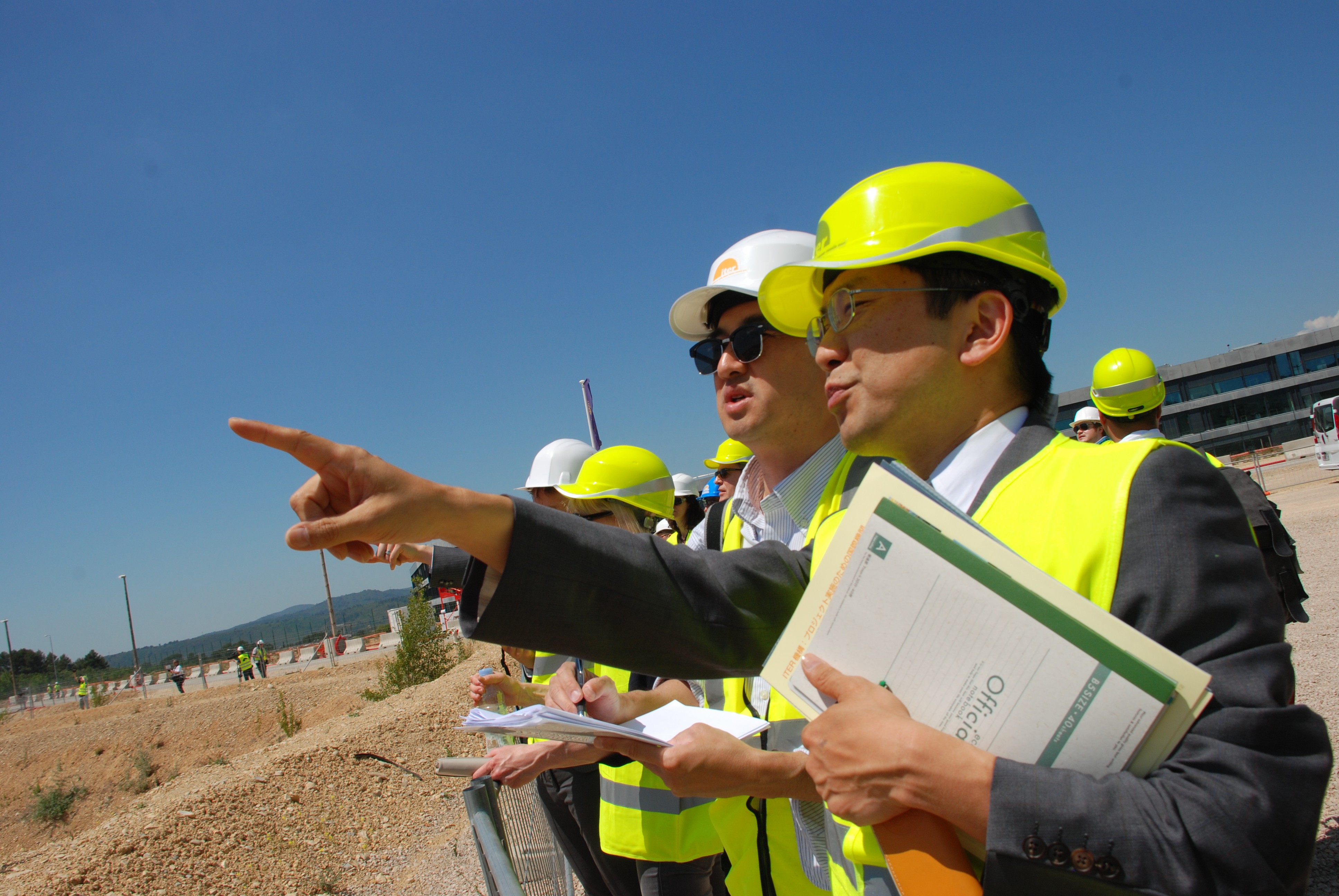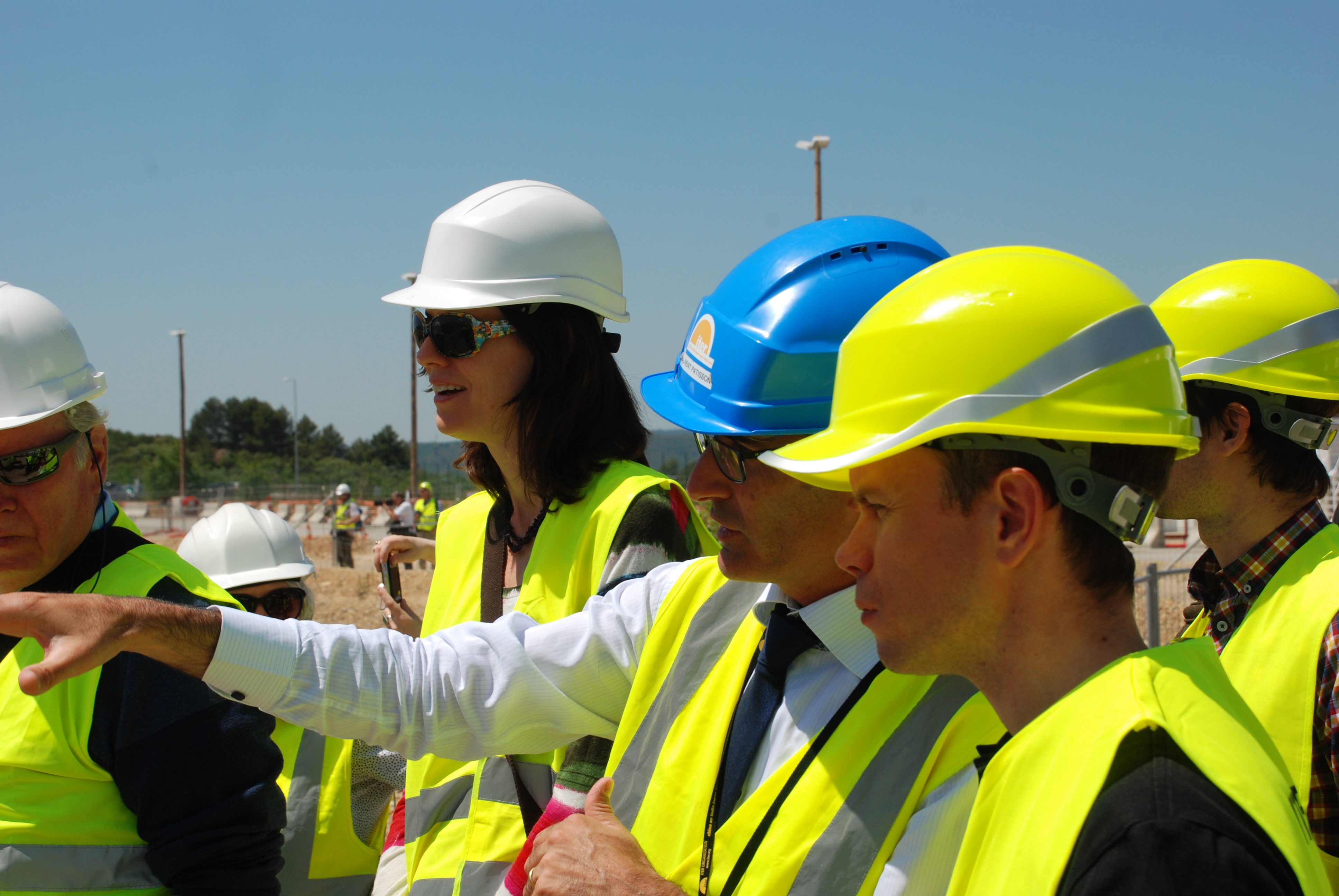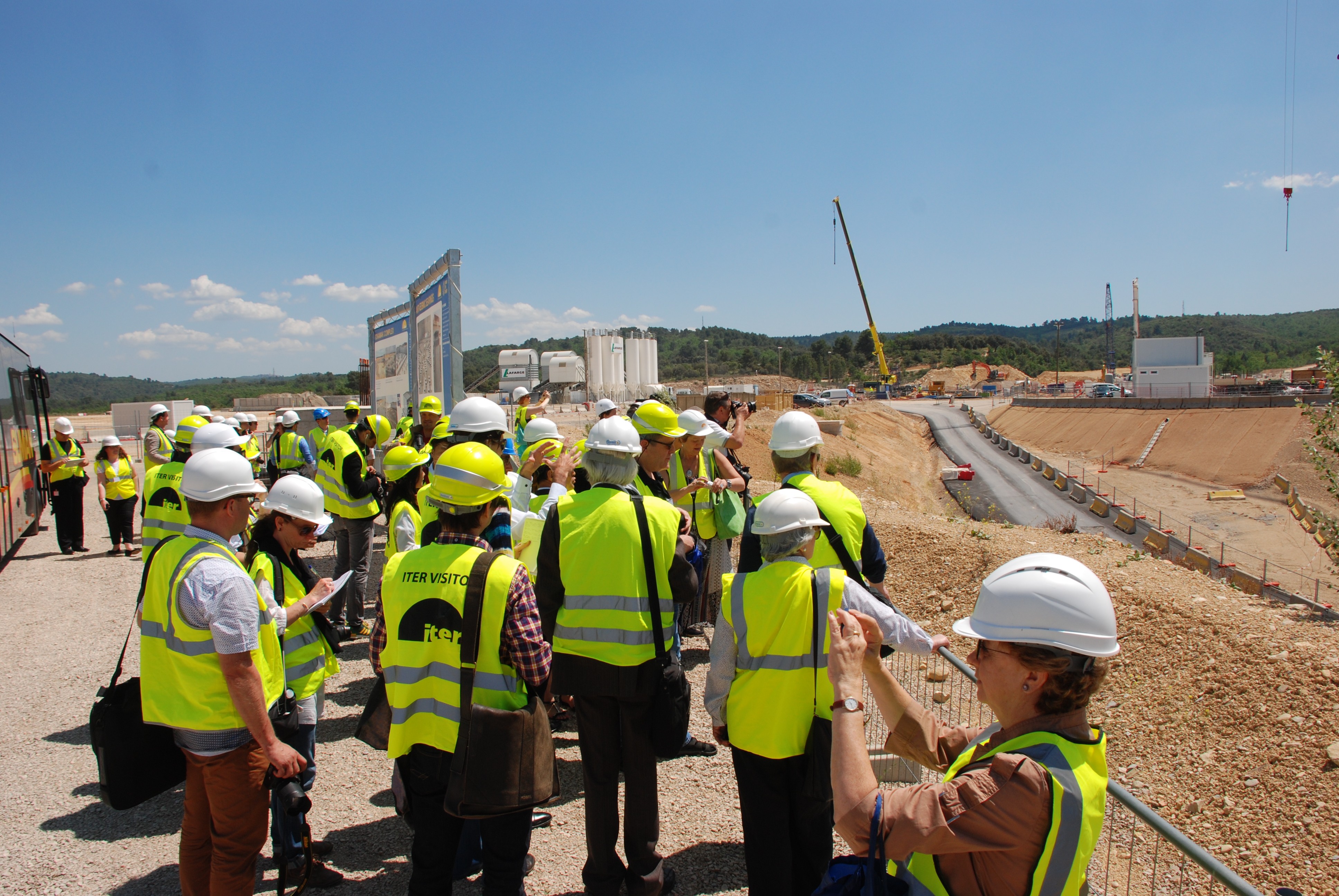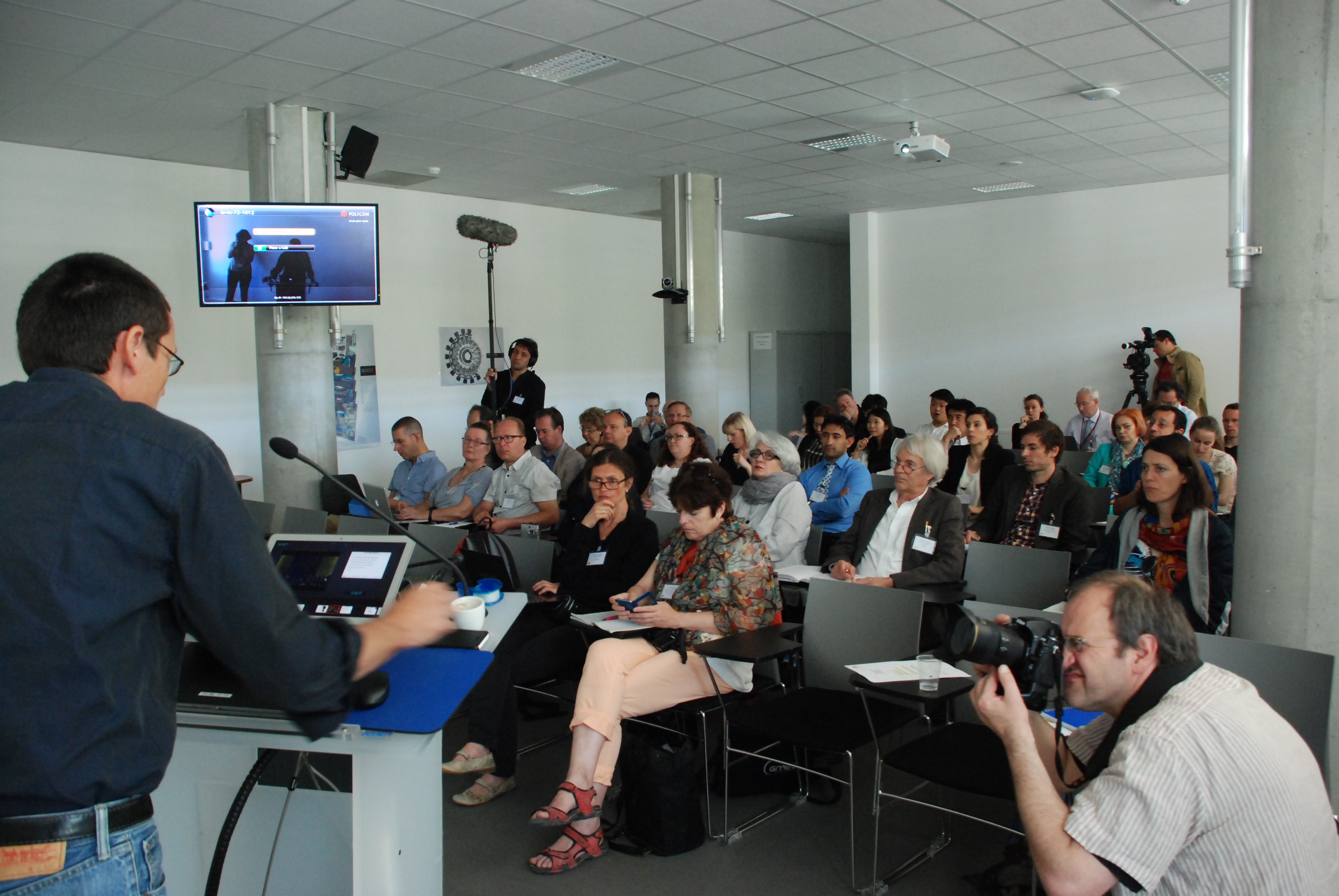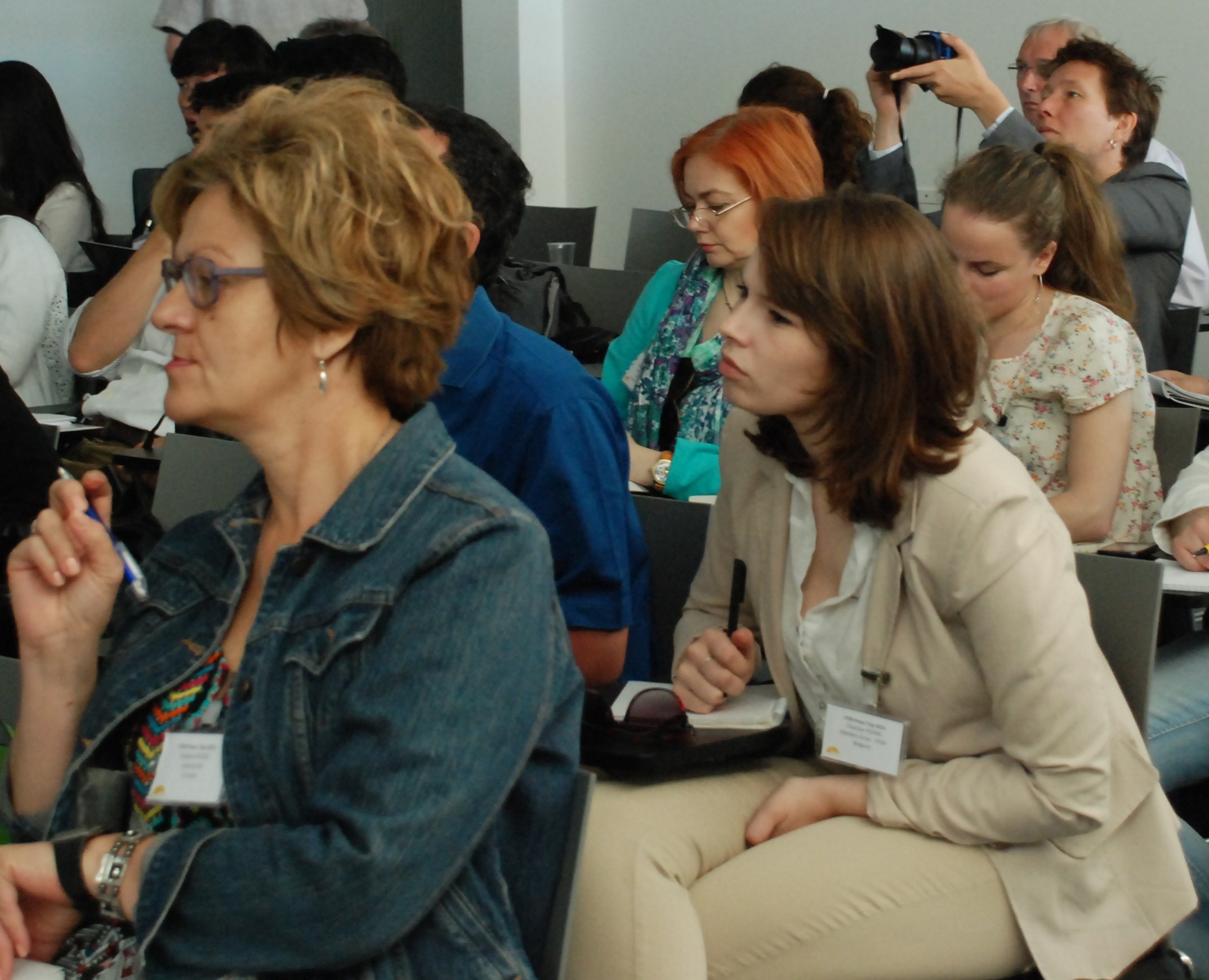On 18-19 May, 60 international science journalists from 19 countries, including Canada, China, Europe, Japan, Korea, Russia, and the US, accepted this year's invitation. During the two-day event they had opportunities, both formal and informal, to meet with representatives from the ITER Organization and its Domestic Agencies, they toured the construction site, saw ITER in 3D and visited the Tore-Supra tokamak at the neighbouring CEA research facility.
At the end of the first day they were addressed by the ITER Director-General Bernard Bigot. "The project is funded by public money and this is why we are in the public interest." Asked about his strategy now that he is at the helm of the ITER Project, Bigot replied that it was his personal goal "to improve the decision-making processes within this organization and to make it more efficient. We are working now to make timely decisions and to better integrate the scientific and industrial capacities of the seven ITER Members. All together, we have a unique opportunity—and there will be only one—to carry out this important scientific demonstration."
View scenes from the press trip below.

